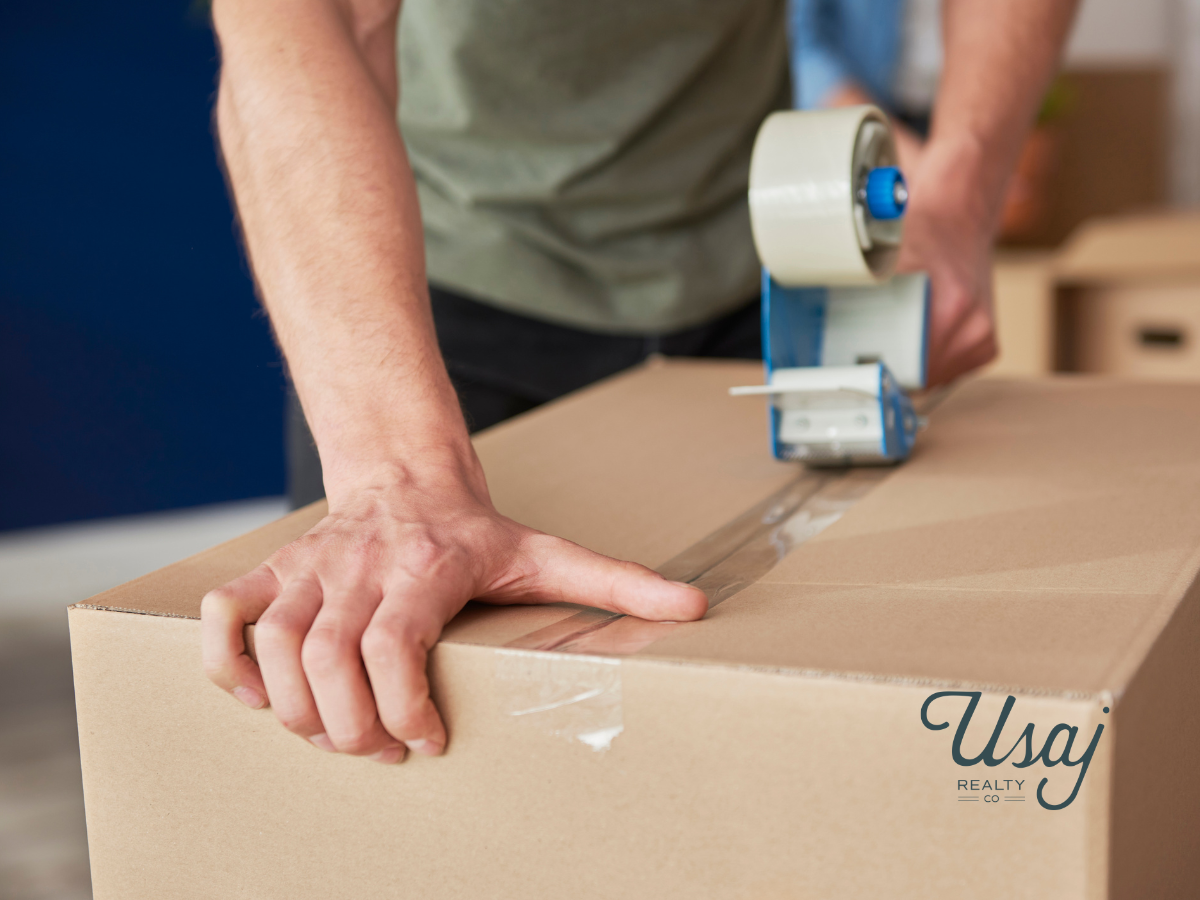Professional Packing and Moving Tips
Moving is a part of the modern housing market, and according to a survey by the Census Bureau, an American may move 8 times or more during his or her lifetime. This might be a move within the same county or state or an out-of-state relocation. Roughly 40 million people, or about 14 percent of the American population, move to new homes every year.
It is almost inevitable that, at some point, you will move. Many of us moved as children, often more than once, and remember how difficult those transitional times were.
The fact that moving is such a common characteristic of modern life means that it pays to know some professional packing and moving tips. You need moving to be as positive and low-stress as possible for you and your family’s well-being. When moves are stressful, the whole family can suffer long-term consequences. That is mainly because people’s homes are their most personal, treasured spaces.
Before You Move
The first thing you should know is that moving without a detailed checklist of some kind is going to be prone to chaos. If you are not keeping a written list of all the things you need to remember—like which boxes hold what and what time to pick up the key for your new home—you are making things far harder than they need to be.
Checklists help you stay on track of what needs to be done — without those reminders, it’s easy to forget what has to be accomplished. Make sure you write your list by hand since the evidence shows this may improve your memory and you’ll be more likely to accomplish the tasks at hand. Plus, a checklist keeps everyone in your family on the same page at all times. You can easily eliminate many typical moving miscommunications this way.
You need to try to maintain a positive attitude throughout your move, too. This helps you see a transitional time through the lens of the good you can anticipate in your new home. It also keeps you thinking ahead about your current needs. This does not mean you need to ignore the complications of the process. Just remember that the difficulties and discomfort for your family are temporary.
Get Rid of Clutter
Anything you do not want or need should be disposed of or given away. Why put effort into moving what will only be thrown away or put into storage? This is a common moving mistake that can compound the work it takes to move. Cut down on extra baggage as much as you can.
If possible, wait to pack after you’ve had a chance to go through your home and determine what will be appropriate in your new home. This gives you time to decide calmly and objectively whether something is worth moving to your new residence. A good way of looking at your various belongings is asking yourself, “Is this a permanent part of our lives or was it specific to the old home?” If not, throw it out or give it away. You can sell things, too, and use that money to buy furnishings that are more appropriate for your new home. This lets you start living in your new place in a comfortable and less cluttered manner. Clutter can be a significant source of stress in a move, as well as daily life.
Stay Organized From Start to Finish
Keep everything related to your move, and your new home, in one easily accessible place. This needs to be somewhere safe from being accidentally lost or discarded. You should keep hard copies of everything, but digital backups are always a good idea. Saving your paperwork to your data cloud gives you the best of both worlds. You have physical copies if you need them and digital copies if something happens to the originals.
At all costs, do not pack your things in a hurry. It is never good to rush a move. You will end up forgetting important details and combating a chaotic mess. It is best to pack as far in advance as you reasonably can. That means you should start packing a few weeks or even a couple of months ahead of your move date. This also holds if you have not bought or rented another home yet. Once you know when you will move, you should start preparing.
Hiring a professional moving company is something many people fail to consider. Most of us like to be self-reliant and take the initiative. But moving, regardless of the number of times you’ve done it, is a genuinely stressful event. The stress can quickly compound and it’s easy to feel overwhelmed. Even if you seem to be handling things well, your family may still have difficulty throughout the process. In awkward moments, having a helping hand means your family does not have to stand alone. Book and plan ahead.
Prepare Your New Home ASAP
Nobody wants to move into a new home that is unorganzied. Preventing this is probably the most crucial part of moving into your new place. You will be tired after your move, so make sure not to leave a lot of work for yourself. You’ll want to ensure your utilities are turned on and in working order. Keep service appointment dates handy in your documentation folder or digital file. Additionally, make sure you request services be turned off at your old home the day you move out.
Keep your essential items close at hand and move them into your new home first. This includes the clothes you will need for the first few days, prescription medications, toothbrushes, favorite toys and essential documents. These can be placed in suitcases or duffel bags that you keep in your vehicle or on a plane. This ensures you have what you need the most if something delays your moving truck.
You should also stock your new home with cleaning supplies, some furniture, box cutters and food. You will need all of these things from the moment you move in, so you may as well have them ready. It’s a good idea to get your kitchen stocked right away with the essentials. and having a sofa or chairs available are mandatory when you take a break from unpacking.
Packing Like a Professional
Now that you have an idea of how to plan, you need to know how to pack. You need to ensure you use the right packaging for various items. You should put heavier items into small boxes. This includes books and objects that might break. Bigger boxes should be reserved for blankets, linens, pillows, and other light objects. Not only does this keep boxes from collapsing, but it prevents you from hurting yourself by lifting a large, heavy box.
Heavier items need to be placed in the bottoms of boxes with lighter objects stacked on top. Heavy possessions can damage things much more easily if they weigh down on them. Heavier boxes should also be loaded first so that they balance the vehicle. You should never load the most massive objects far away from the vehicle’s center of gravity.
When you pack boxes, do not leave many open spaces. This generally cuts down on the boxes you use. It also protects fragile items from breaking. You can fill in gaps with clothing, packing paper or newspaper, linens, towels or pillows. This helps stabilize the weight inside the box and keeps everything from sliding when it is lifted. Securing the boxes you pack guarantees you do not strain anything when lifting them. Make sure to tape boxes tightly and use an extra strip or two on the bottom. To reinforce the entire box, you should loop tape around it a few times. This helps prevent the bottom from breaking apart.
Pack boxes for specific rooms so that you can quickly and easily put them in their place in your new home. This saves a lot of time, knowing where different belongings should go without opening up a single box. Label boxes when they are closed and before you take them out of the room.
It also helps to write the most important content on the outside of boxes. Some rooms naturally have more objects and you can’t be too detailed when describing the contents. You should also consider keeping an inventory notebook so you can quickly run through a checklist of your belongings at your new place.
When you pack fragile items, make sure you know how to keep them safe. Wrap packing paper around individual dishes and pack them standing on their sides. They are far more likely to break if you lay them flat. You should put extra padding underneath and above the dishes you pack. You can stack cups and bowls inside each other. Make sure to pad them with paper in between each piece. Never overstack, though, as this can lead to fragile items cracking. Consider using dish-barrel boxes to make the packing process simple.
(This guest blog was written by Melissa Villalobos).




